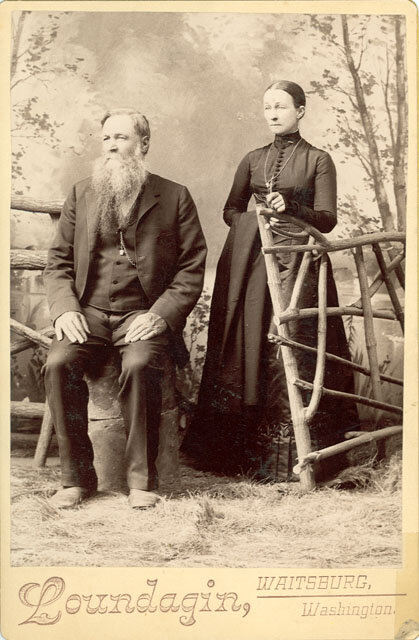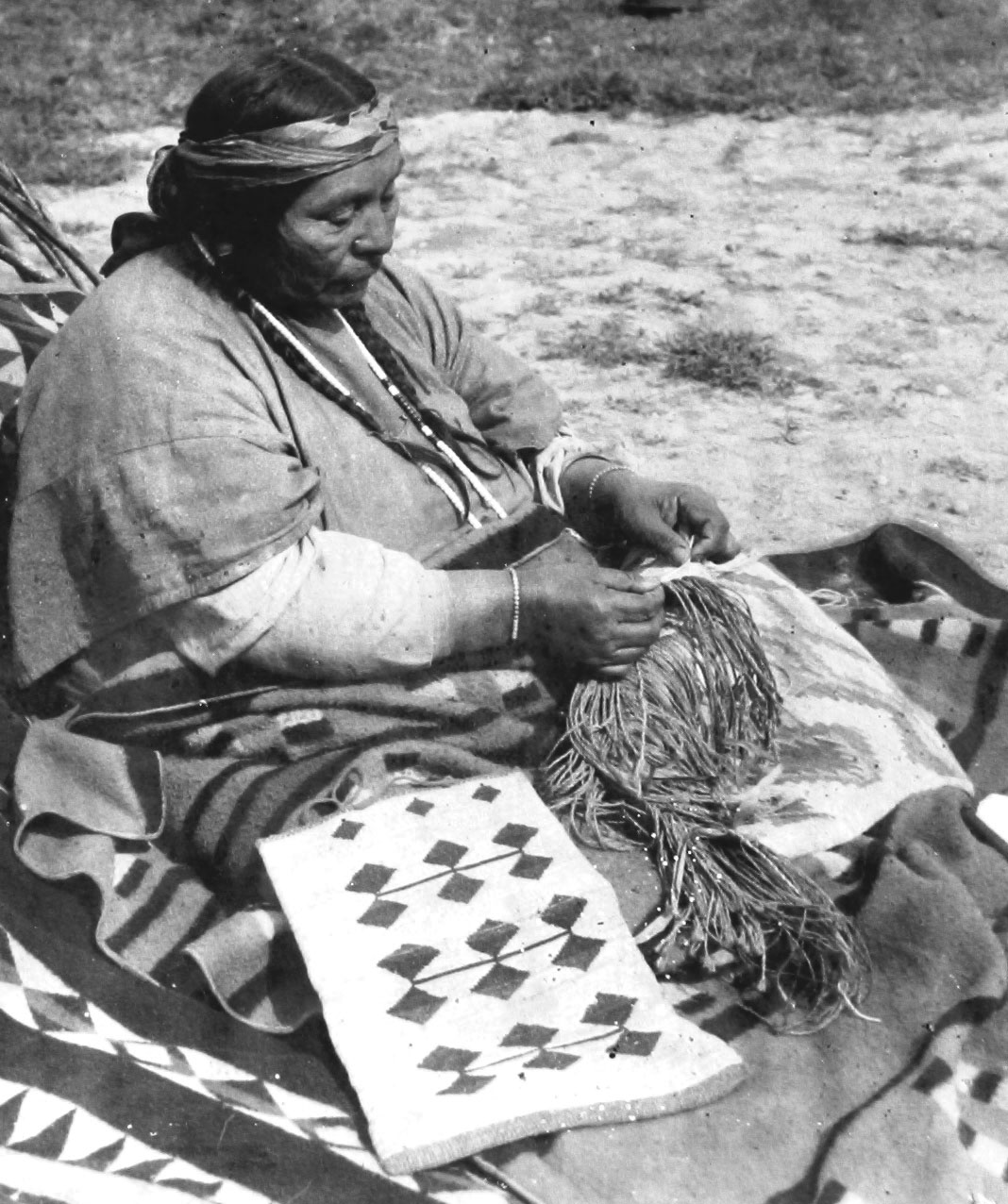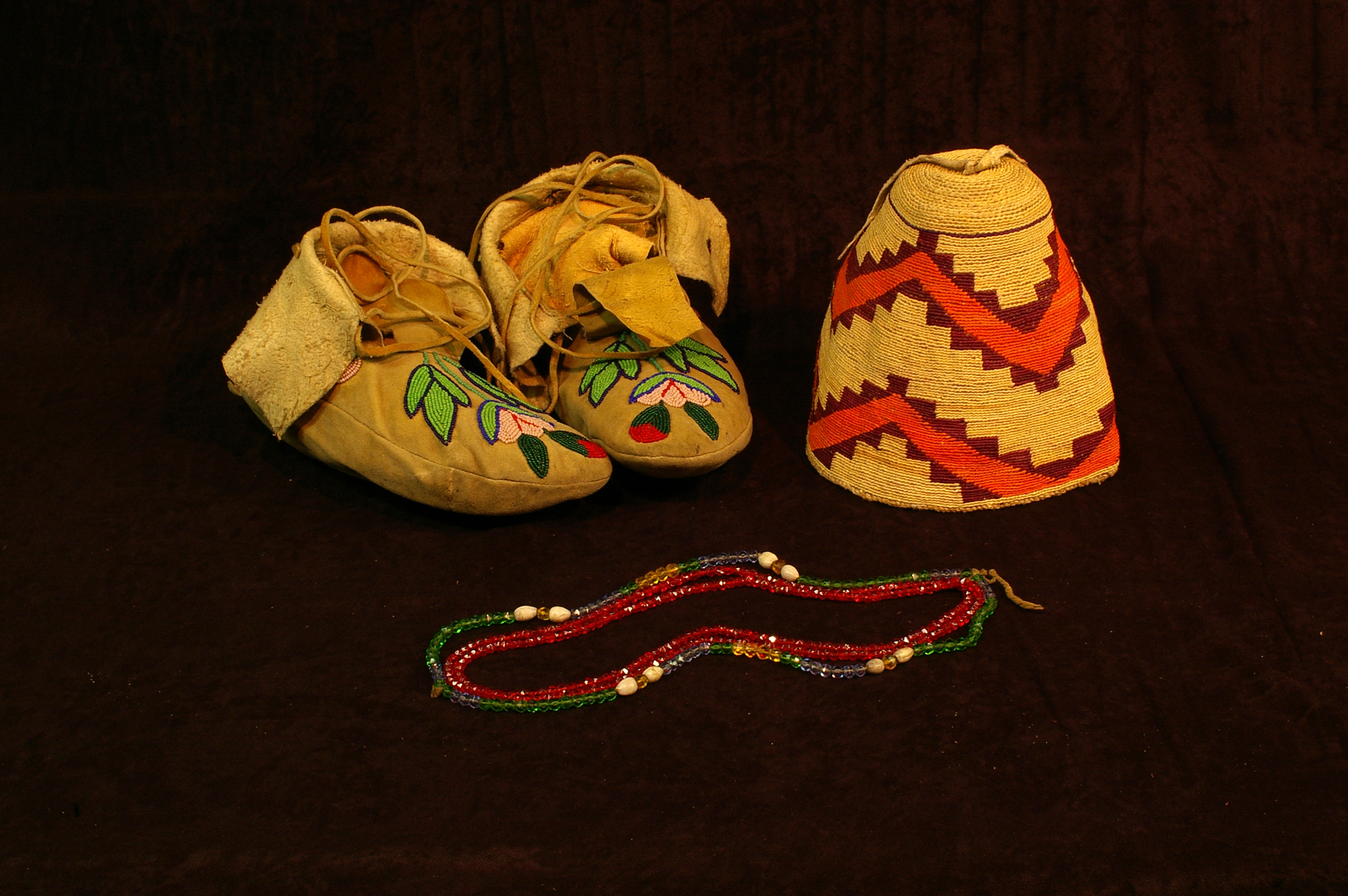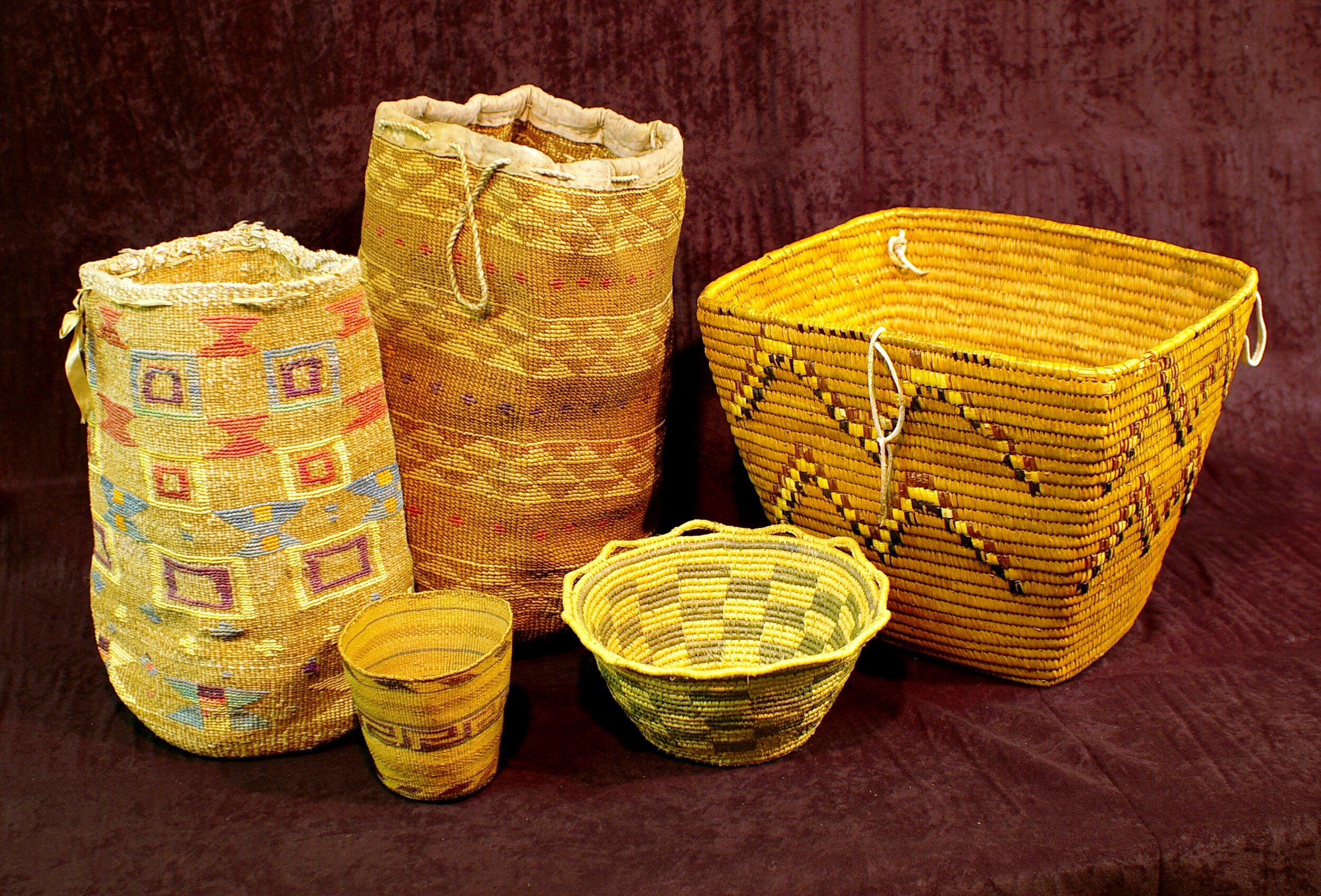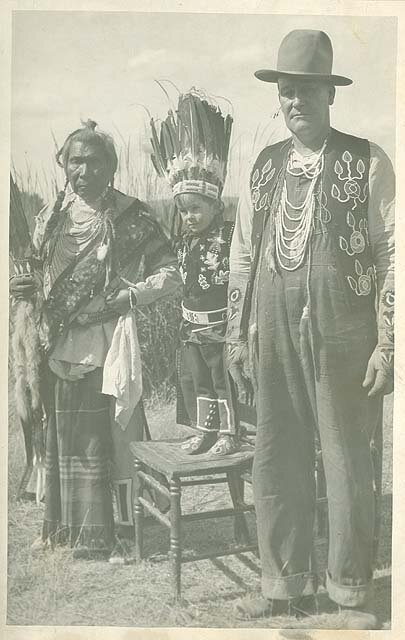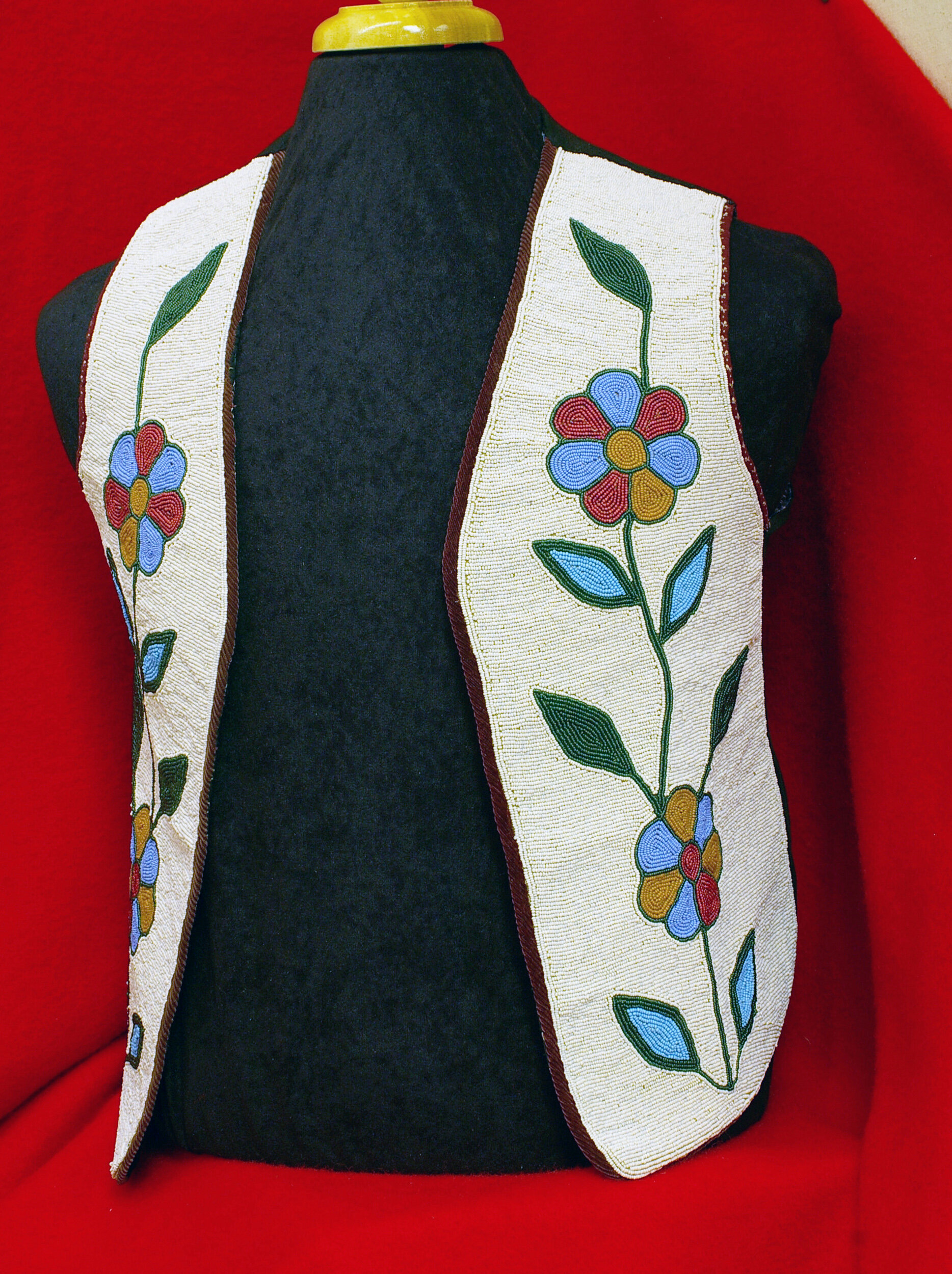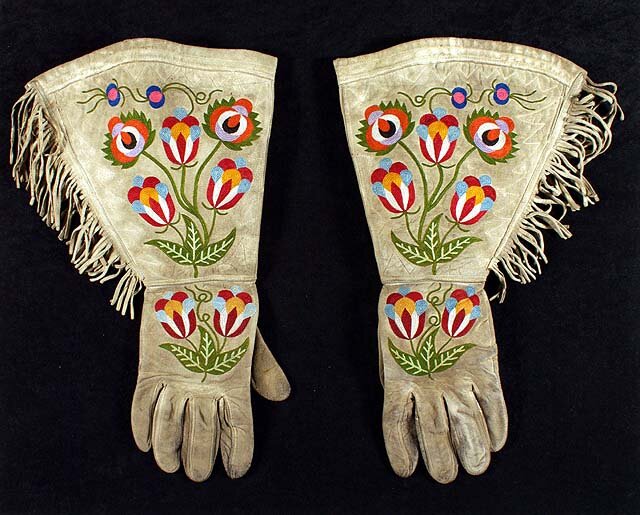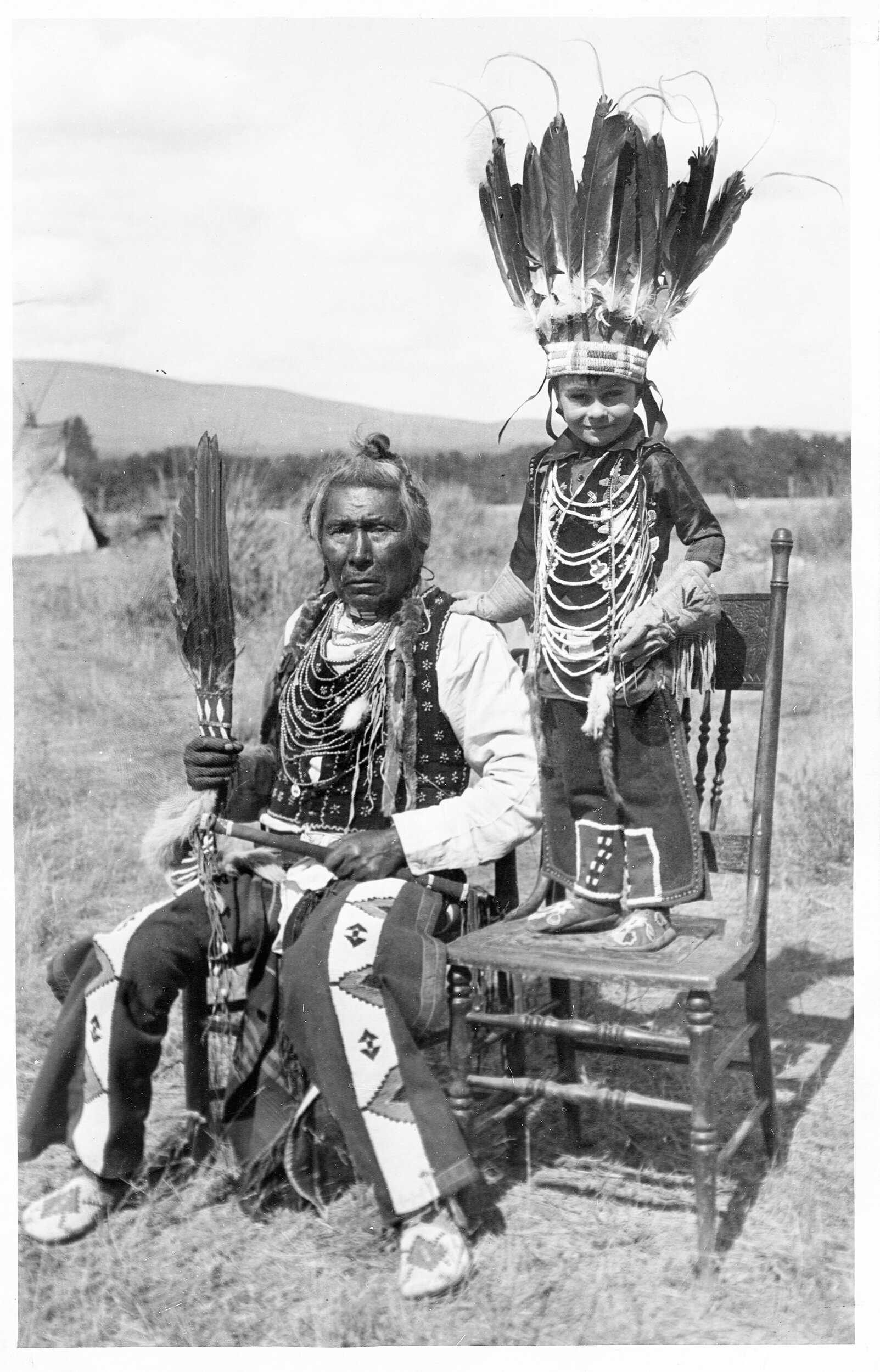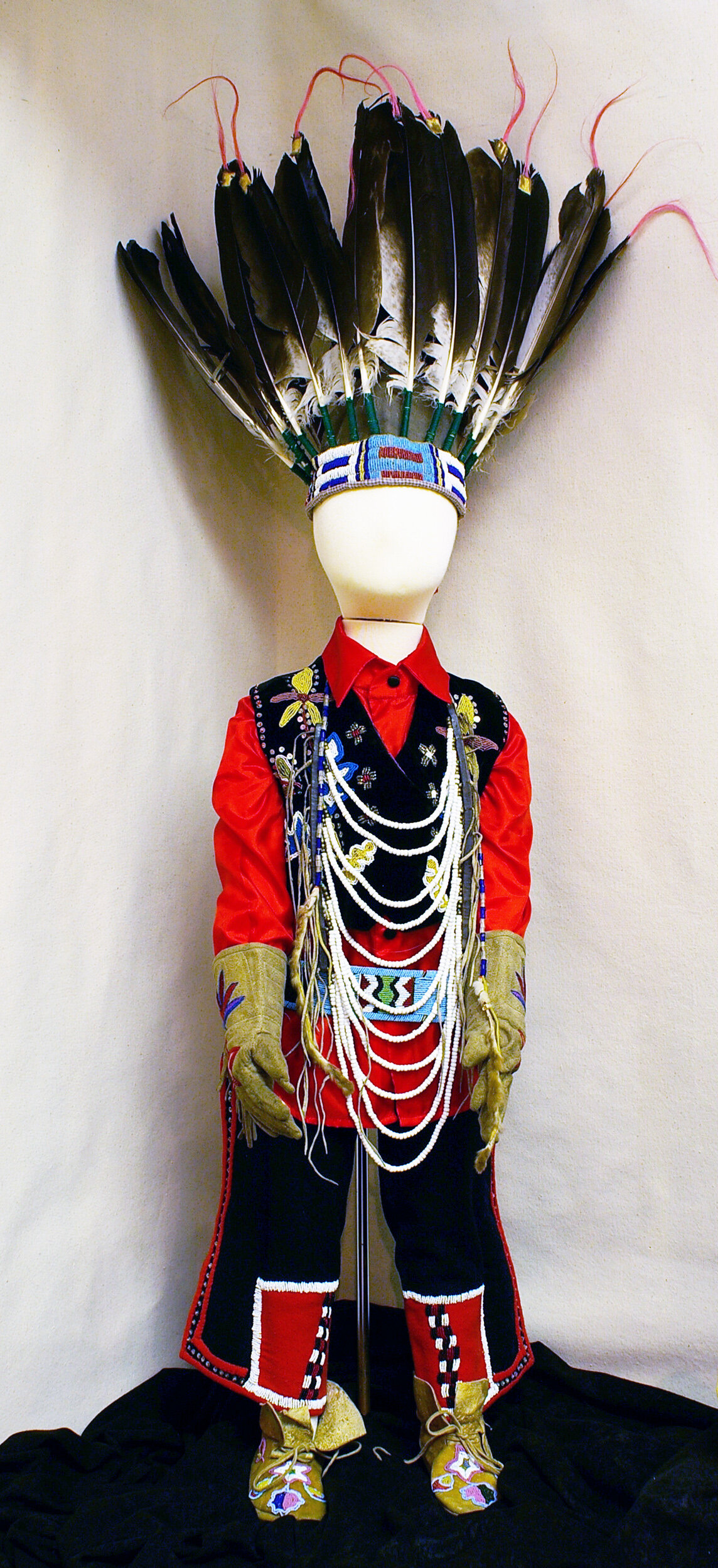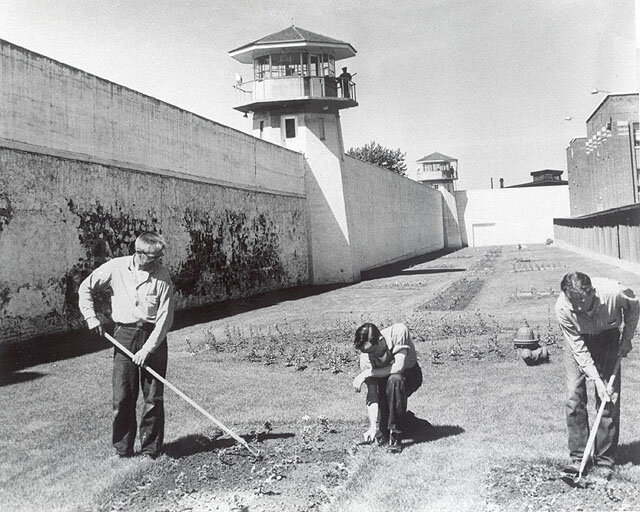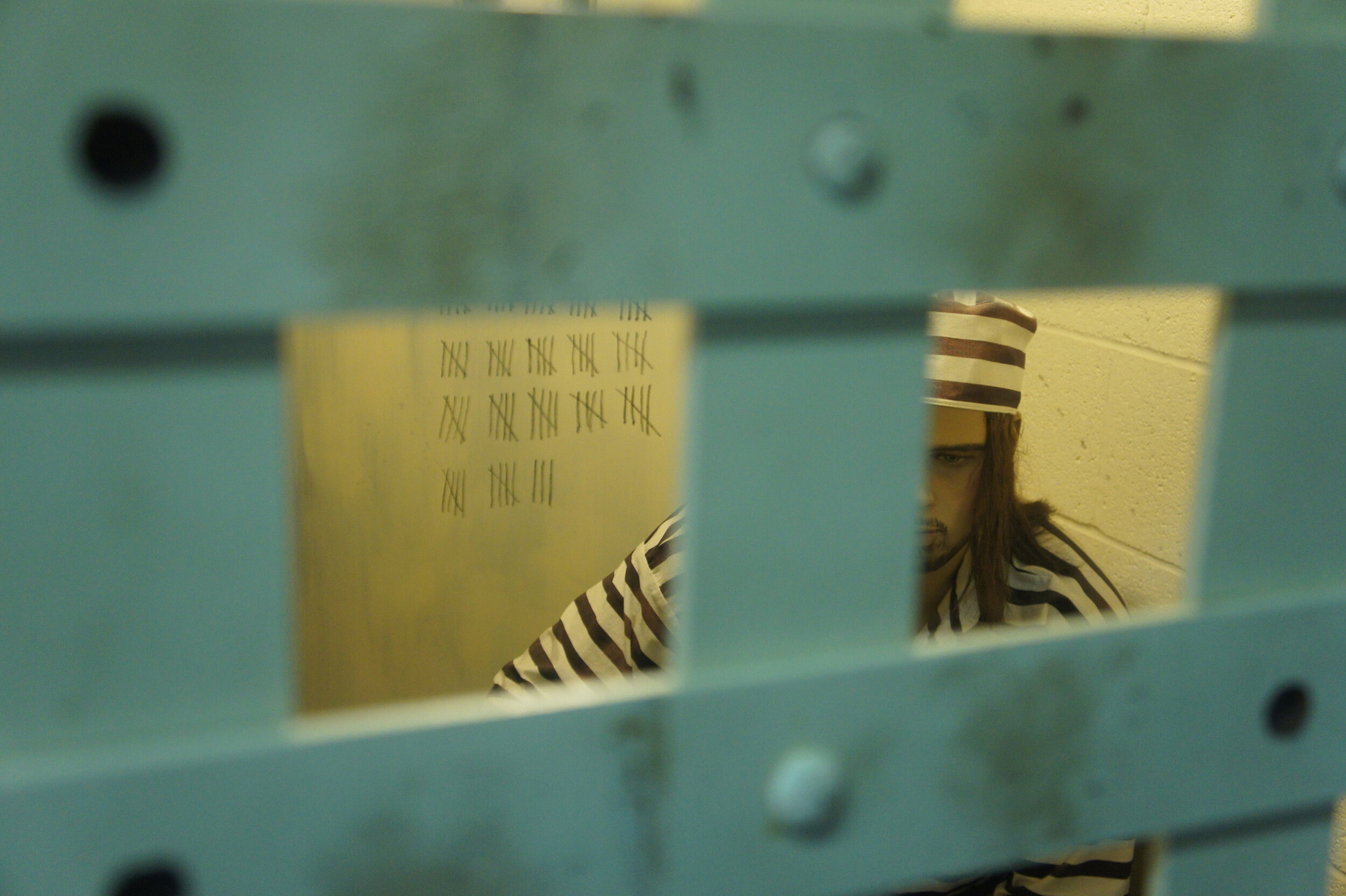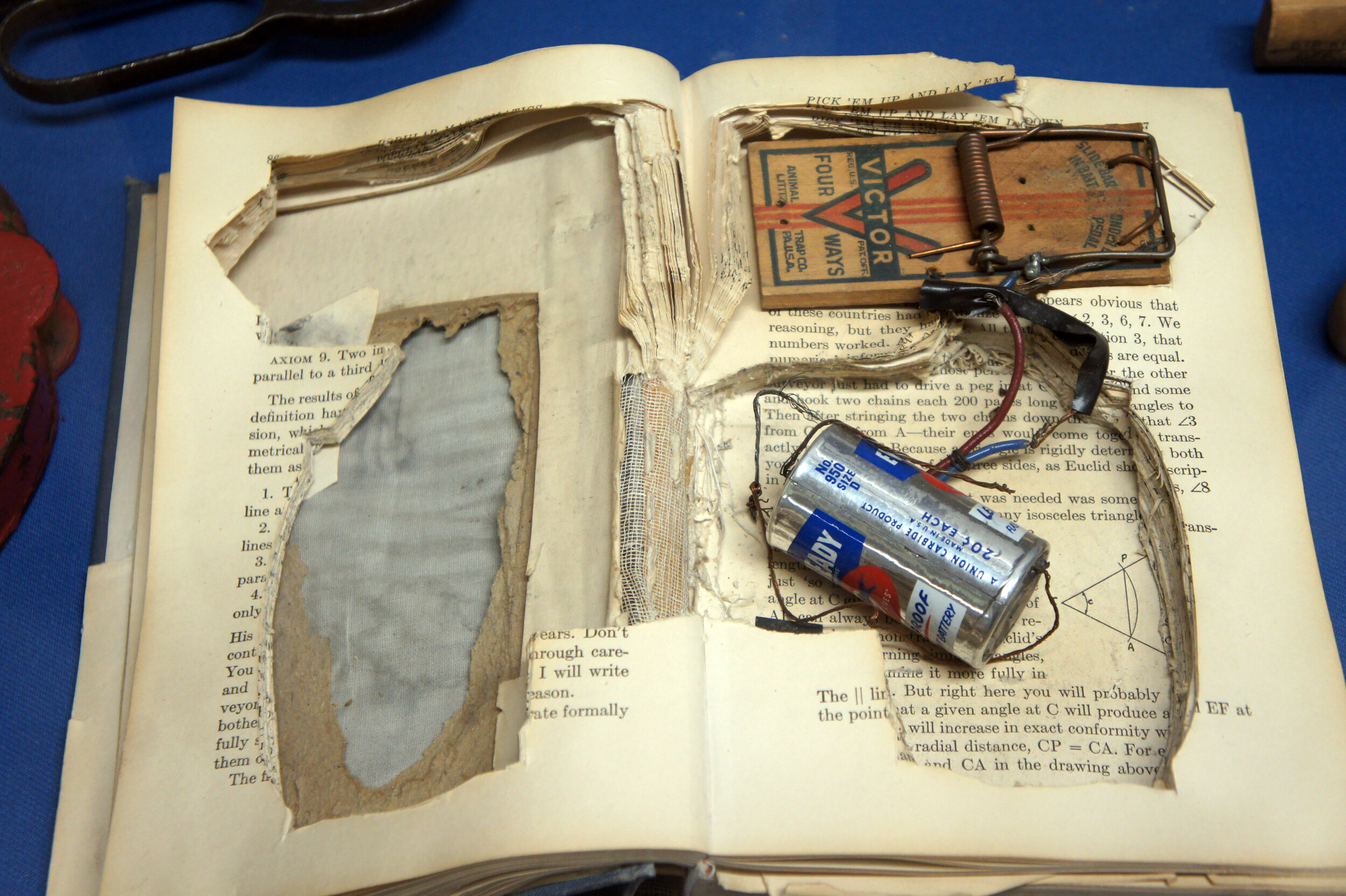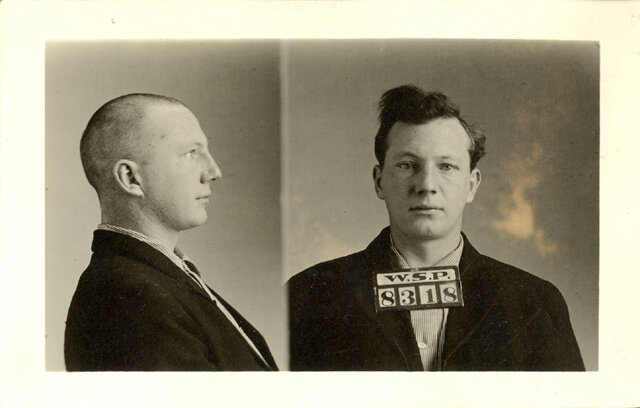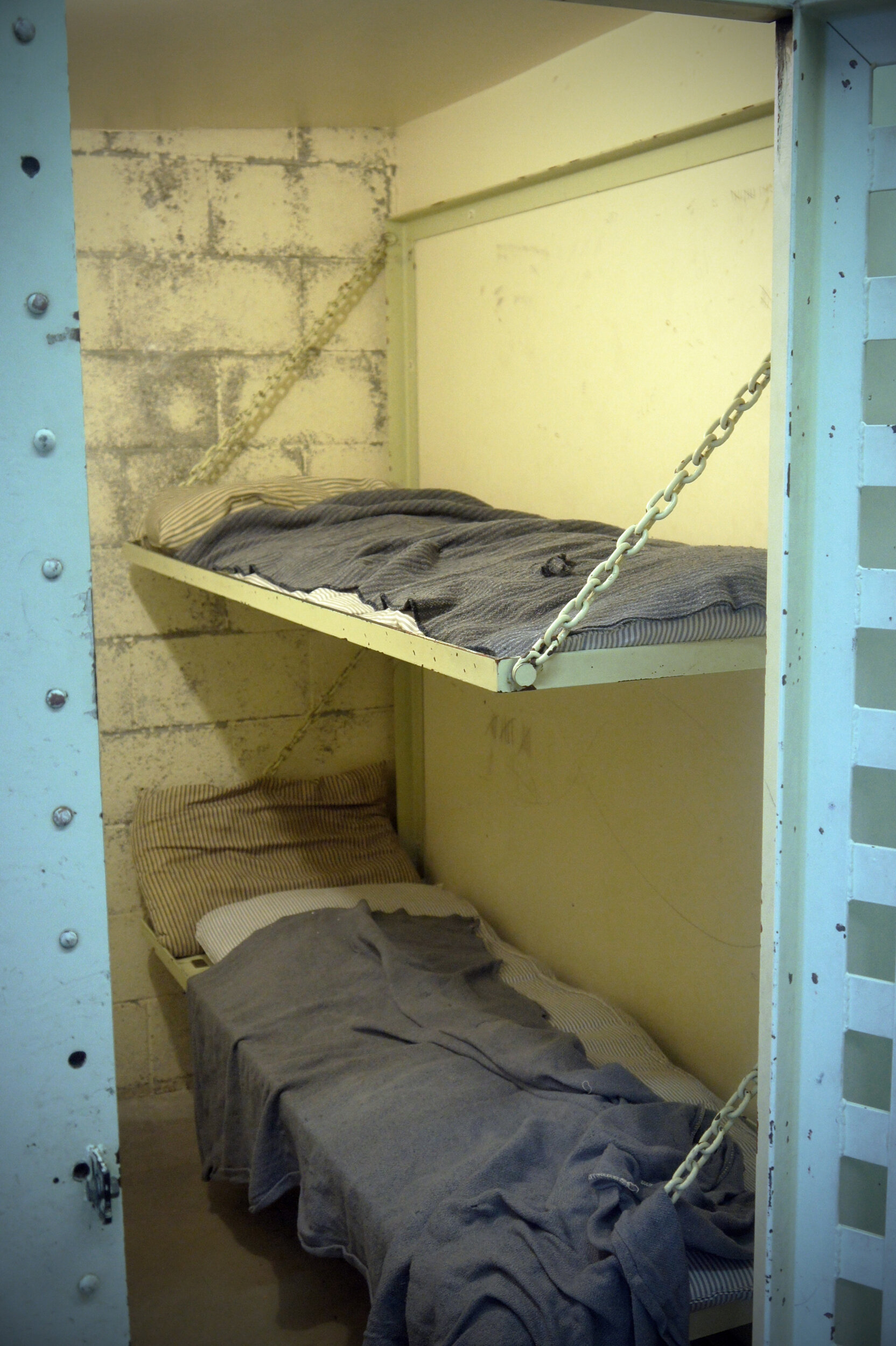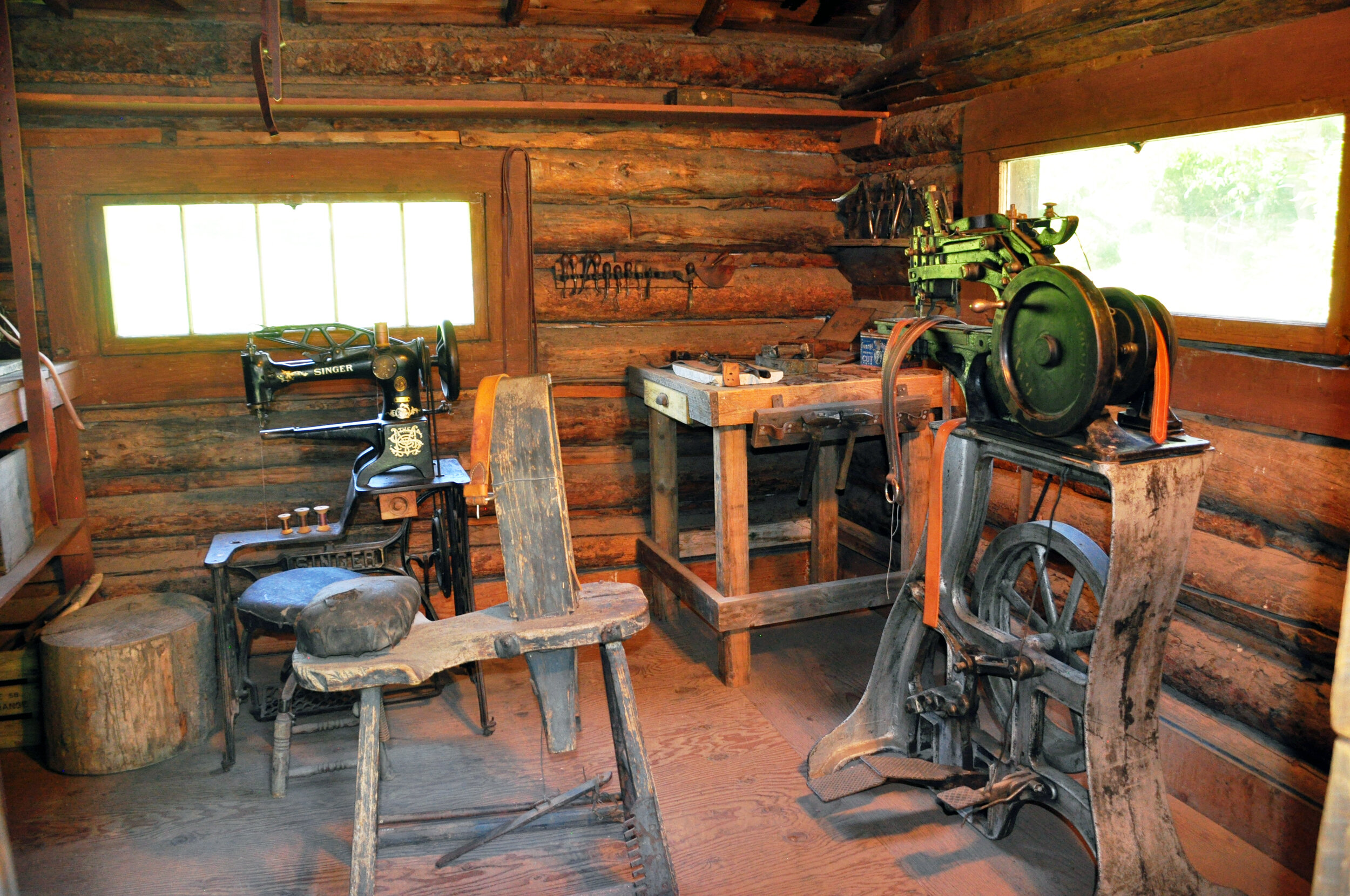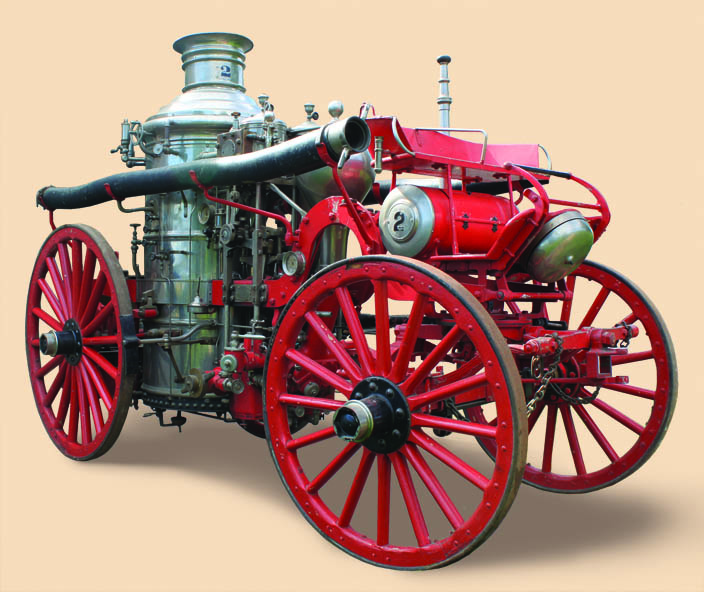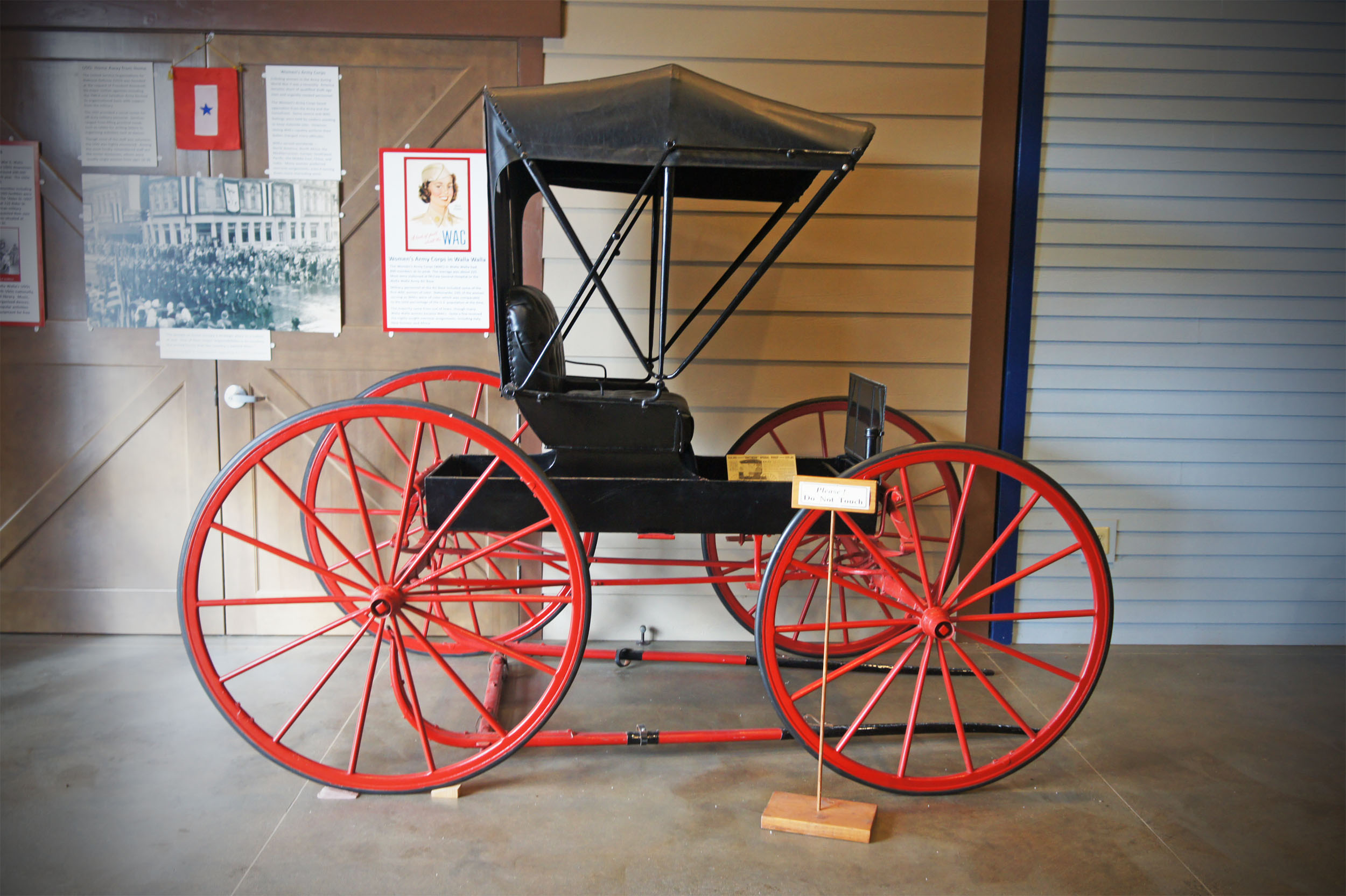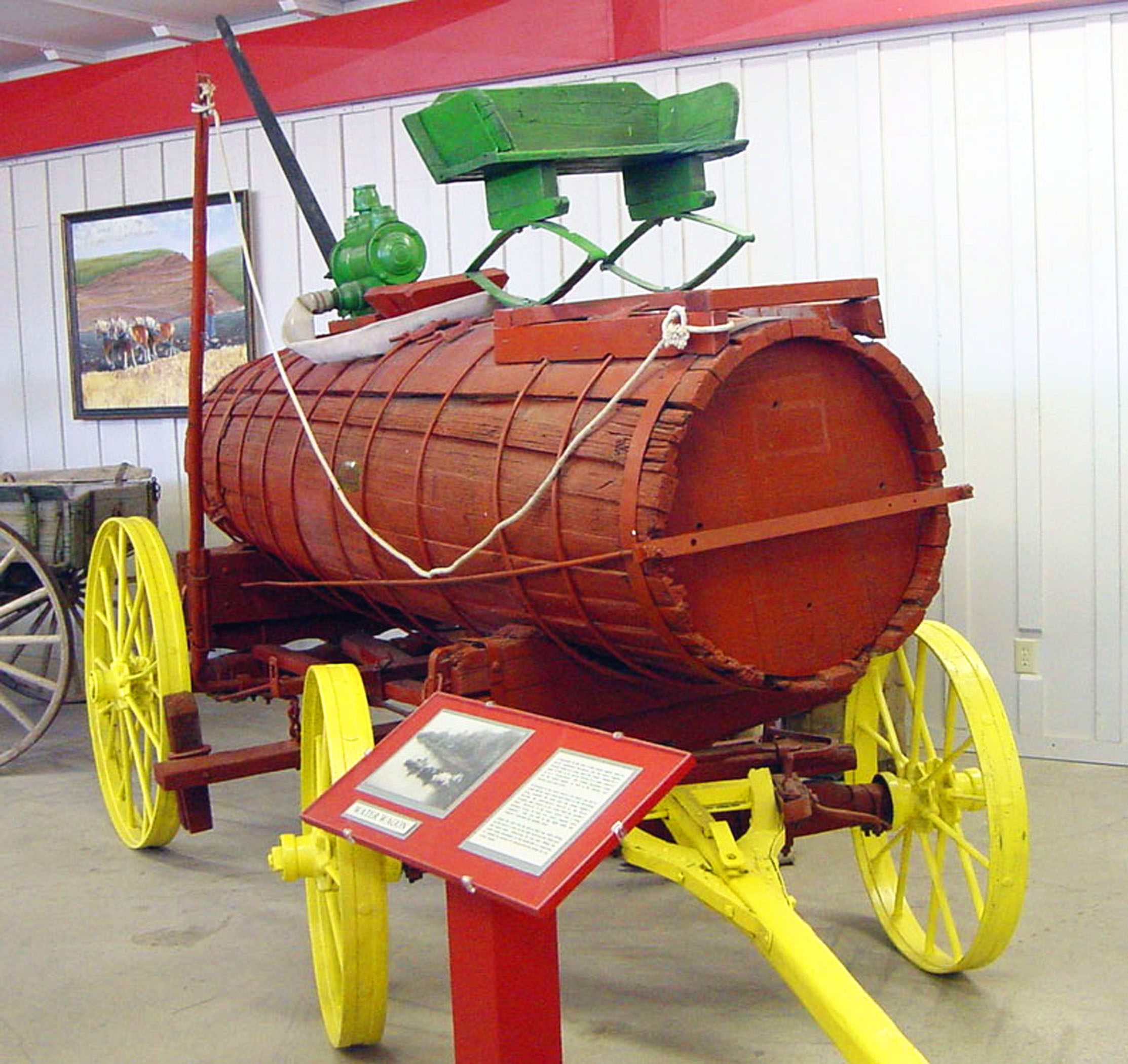









Exhibits Landing
Exhibits Landing
Welcome to Fort Walla Walla Museum
Your exploration of Inland Northwest history starts here.
Located on the grounds of a 19th-century military fort, Fort Walla Walla Museum provides an exciting and educational experience for the whole family. Take a walk through old Walla Walla, starting at the Museum’s iconic stagecoach. Discover stories from the Oregon Trail, see the oldest locomotive to operate in Washington State, watch a 33-mule team harvest a wheat field, and lock yourself in an old bucket cell from the Washington State Penitentiary.
There are programs and events held on the Museum grounds all year, so immerse yourself in history by taking in a Living History performance or learn something new during our monthly After-Hours presentations. Explore our exhibits and program schedule by clicking on the menu options at the top of this page. Plan your visit to Fort Walla Walla Museum today!
Current Exhibits
Fort Walla Walla Museum has five exhibit halls and an outdoor Pioneer Village. Click below for exhibit details.
AgriculturE
This museum houses one of the largest collections of horse-era agricultural equipment dating from 1859 to the 1930s. The collection illustrates the early days of farming in Walla Walla, a primary agriculture-producing region where wheat dominates, and vegetables, cattle and sheep, orchards, and vineyards thrive.
Military History
Fort Walla Walla, one of the longest-occupied military posts in the Northwest, was home to dragoon, infantry, artillery, and cavalry units from 1856 to 1910. There were six forts named Walla Walla: three fur trade and three military. Fort Walla Walla Museum is situated on the final military fort dating to 1858.
Textile exhibits
The museum’s rotating Heritage Fashion Runway exhibit showcases fashion from the ages, including dresses, uniforms, and leisurewear. Cases also display millinery fashions and the construction of a corseted dress. The museum also has a collection of hand-sewn quilts that may be displayed seasonally.
the Blue Mountain Locomotive
Dr. Dorsey Syng Baker ordered this locomotive in 1877 as part of the Walla Walla & Columbia River Railroad between Wallula and Walla Walla. It is the only surviving narrow-gauge locomotive from Baker’s “Rawhide Railroad” line and, remarkably, the oldest existing locomotive used in Washington State.
Penitentiary
More than 250 artifacts, regalia, photographs, and documents comprise the Lloyd Family Indian Artifact Collection. While the collection contains many well-preserved examples of traditional Indian crafts and truly wonderful pieces of art, it is the history associated with these items that makes them museum treasures.
Transportation
The museum’s collection of old-time transportation artifacts includes a colorful Abbot Downing passenger wagon in the Grand Hall, plus an array of buggies, sleighs, wagons, covered wagons, a 1921 Dodge touring car, and a horse-drawn fire pumper purchased in 1904 by the Walla Walla fire department.
Lloyd Family exhibit
More than 250 artifacts, regalia, photographs, and documents comprise the Lloyd Family Indian Artifact Collection. While the collection contains many well-preserved examples of traditional Indian crafts and truly wonderful pieces of art, it is the family history associated with these items that make them museum treasures.
Pioneer Village
A stroll through the museum’s Pioneer Village offers a taste of life in and around Walla Walla in the late 1800s and early 1900s. Encircling a common area, the 17 structures range from cabins and a school to blacksmith and dentist shops — all filled with interesting furnishings and artifacts from April to October.
Upcoming Events

Agriculture
Agriculture Exhibits
Agriculture
Agriculture Exhibits
Ron Tompkins talks about his family’s centennial farm, founded in 1889 by his pioneering grandfather Richard Tompkins. Accompanied by fantastic home movies of the farm from the 1930s-50s.
Docent Dick Phillips explains talks about the ox shoeing chute and how it positions the animal to be safely shod.
Fort Walla Walla Museum houses one of the nation’s largest collections of horse-era agricultural equipment, circa 1859-1930s. The collection illustrates the early days of farming in Walla Walla, a primary agriculture-producing region where wheat dominates, and vegetables, cattle and sheep, orchards, and vineyards thrive.
In one hall, a 1920s harvest mural sets the scene for the impressive display of a 1919 Harris hillside wheat combine at work, complete with lifesize replicas of a team of 33 mules. Numerous other exhibits include a pre-combine stationary threshing outfit, an ox-shoeing stall made of hand-hewn timbers, a cigar-shaped water wagon, and a branding iron collection.
And at the nearby cook wagon, visitors can almost see the dust hanging in the air, the intense heat rising from the old cookstove, enamel plates piled with thick biscuits, and the sweat-soaked, dirt-stained men lining up at the door.

Blue Mountain Locomotive
Blue Mountain Locomotive
a journey comes full circle
Blue Mountain Locomotive
Blue Mountain Locomotive
a journey comes full circle
In June of 2017, Museum welcomed the return of the Blue Mountain, Dorsey Baker’s only surviving narrow-gauge locomotive, to the Museum for long-term display. Dr. Baker ordered this locomotive in the fall of 1877 for the Walla Walla & Columbia River Railroad that ran between Wallula and Walla Walla. It is the oldest existing locomotive used in Washington State.
Work on Dorsey Baker’s Railroad began in 1871 under the corporate name Walla Walla & Columbia River Railroad Company and was completed in October of 1875. Timber for the road’s ties and bridges was obtained along the Yakima River, and a mill was erected on the Columbia in Wallula to process the wood. Over 9,000 tons of wheat were hauled over the line in 1875; 15,266 tons in 1876. Baker sold most of his company stock in 1879 to the Oregon Steam Navigation Company (later the Oregon Railway and Navigation Company). Starting in 1881, local lines were converted to standard gauge, eventually leaving 14 miles of track into the Blue Mountains as the only remaining narrow gauge track in the area.
In 1893, the Blue Mountain was shipped via boat to the Columbia Gorge, where it worked the portage railroad for 11 years. In 1906 it was sent to the Nome gold fields of Alaska to serve mining operations. By 1910, the Nome gold rush was over and train service ended, marking the last run of the Blue Mountain. However, its story was not over—sometime in the 1940s, the locomotive was submerged in the Bering Sea as a part of the Nome sea wall. Eventually, it was retrieved by a Nome resident and acquired by the Washington State Railroad Historical Society in Pasco, WA, in 1992.
The Museum houses additional artifacts from the Walla Walla & Columbia River Railroad in the Babcock Railroad Depot, located in the Museum’s Pioneer Village. A Baker Railroad Diorama showing a scale model of the railroad can be found in the Museum’s Exhibit Hall 2. Work will continue on the Blue Mountain’s restoration and exhibit space.
The project partners who helped to bring the Blue Mountain home include Baker Boyer Bank, Konen Rock Products, Lampson International, Narum Concrete Co, Opp & Seibold General Construction, Palouse River & Coulee City Railroad, Town & Country Tree Service, Walla Walla Community College, Walla Walla Sunrise Rotary, Washington State Railroads Historical Society, and the support of private donors.

Lloyd Family
Lloyd Family Exhibit
Lloyd Family
Lloyd Family Exhibit
More than 250 artifacts, regalia, photographs, and documents comprise the Lloyd Family Indian Artifact Collection. While the collection contains many well-preserved examples of traditional Indian crafts and truly wonderful pieces of art, it is the family history associated with these items that make them museum treasures.
In the 1850s, a former member of the Oregon Volunteer Militia, Albert G. Lloyd, negotiated a treaty with the Palouse people to use Indian land. In exchange, the Indian people retained the use of a traditional campsite on the property.
Through the years, trust grew between the Lloyd family and their Indian neighbors, the bonds of friendship strengthened by the frequent exchange of gifts. This positive relationship continued into the 1940s, and the gifts the Lloyds received were carefully stored away.
Now, as we appreciate the vibrancy of color in woven bags, embroidery, baskets, and beadwork, we embrace a remarkable example for our time, a story of friendship between two very different cultures.

Military
Military Exhibits
Military
Military Exhibits
Fort Walla Walla, one of the longest-occupied military posts in the Northwest, was home to dragoon, infantry, artillery, and cavalry units from 1856 to 1910. There were six forts named Walla Walla: the first three were fur trade forts, the last of which was destroyed during the violence that followed the region’s 1855 treaty council. In 1856 the first temporary military fort was erected up Mill Creek after Governor Issac Stevens told local Indian people to give up their land to settlers or prepare to go to war. A few months later, Colonel Edward J. Steptoe built a larger, temporary fort on the old treaty grounds in what is now downtown Walla Walla. The final U.S. military Fort Walla Walla was completed in 1858. Situated on a one-square-mile military reserve, which includes the museum grounds, the fort was used primarily as a cavalry outpost. The fort's presence helped keep the peace between settlers and the Homeland tribal peoples during much of this period. Soldiers from the fort were only involved in a handful of military engagements, including Steptoe and his men in 1858 and several battles during the Nez Perce and Bannock-Paiute Wars two decades later. After closing in 1910, the fort briefly reopened during World War I as a training base for artillery units.
The Museum’s collection of military artifacts, archival photos, paintings, and drawings bring this history to vivid life. Look back on the times and the people involved through stories, documents, and outstanding artifacts, including a 1902 14th Cavalry dress uniform, rare insignia and accouterments from belt buckles to cartridge boxes, and weapons ranging from an 1860 Light Cavalry Saber to a Colt dragoon revolver lost by one of Steptoe’s men. Also on display is the 38-star Garrison Flag, the official flag of the United States in 1877, and a furnished 1910 military officer’s parlor.

Washington State Penitentiary
Washington State Penitentiary
Washington State Penitentiary
Washington State Penitentiary
Back in 1886, the newly built facility on the outskirts of Walla Walla was known as the Washington Territorial Prison, and the first 97 convicts arrived the following year. When Washington became a state in 1889, the institution became known as the Washington State Penitentiary.
This exhibit includes two bucket cells from the original prison. The doors were made of strap iron, and the walls, floors, and ceilings were solid steel. Inside each cell were wall-mounted bunk beds and a bucket toilet that sat in a vented shaft in the wall. Prisoners spent most of the day confined, two to a cell.
Incoming prisoners were given a number and documented using the Bertillon system, a standardized process of taking photographs and numerous measurements for identification purposes.
The institution ran like a self-contained city, raising and processing livestock, generating its own power, using inmate labor for building projects, and even inmate architects and artisans to design them.
Many of the museum’s penitentiary artifacts came from former penitentiary administrators who worked during the 1950s through the 1980s. Objects include knives fashioned from pilfered materials, a book bomb, an Oregon boot, and an array of decorative items fashioned by inmates in the curio shop.

Pioneer Village
Pioneer Village
Early buildings of Walla Walla.
Pioneer Village
Pioneer Village
Early buildings of Walla Walla.
A stroll through the museum’s Pioneer Village offers a taste of life in and around Walla Walla in the late 1800s and early 1900s. Encircling a common area, the 17 structures range from cabins and a school to blacksmith and dentist shops — all filled with interesting furnishings and artifacts. Visitors can see the places where real people lived, worked, played, and attended school. The Village includes 15 original buildings from within 30 miles of Walla Walla and two replica buildings.
The Ransom Clark Cabin: Clark, a member of the 1843 Fremont surveying expedition, returned to settle in the valley and began building a log house in 1859. Clark died before the house was finished, so his wife, Lettice, journeyed up the Columbia with their children to “prove up” the claim and finish the cabin. The large structure features two living areas separated by a breezeway that separates the kitchen and the living room.
The Kennedy Playhouse: A charming miniature house built in 1903 by Henry and Clara Baker for their daughter, Henrietta. The playhouse showcases a doll collection and other child-sized artifacts, from dishes to a toy ironing board.
Doctor’s Office: In the late 1800s, local doctor Dorsey Baker may have used an office like this one, equipped with medical furnishings, instruments, and supplies of the day. The examination table was probably used by Dr. C. E. Campbell, who began his practice in Walla Walla in 1907. The structure was originally a cabin that stood on the Fort’s grounds.
Babcock Railroad Depot: In the 1880s, trains picked up passengers at small stations like this one built by the Northern Pacific near Eureka, Washington. Its authenticity is enhanced by a collection of railroad artifacts from the region.
Prescott Jail: When troublemakers celebrated too freely at the several taverns in Prescott, a town in the middle of wheat fields and farms 20 miles from Walla Walla, they likely saw the inside of this jail, built in 1903. The jail’s heavy vault-like door was sawed out of the completed building after construction.
Union School: Original blackboards and lamp brackets are among the features of the Union School, one of the oldest and best-preserved one-room schoolhouses in the area. Built in 1867 just west of Dixie, Washington, it was moved further west to accommodate a farmer whose 10 children had to walk a long distance. Until it closed in 1930, the school housed grades one through eight with an average attendance of 15 to 18 pupils.
The Barbershop and Bathhouse: The building is a local structure that dates to about 1890. The furnishings were used in local barbershops. The 1870 barber chair is from Clifford Lee’s shop on Main Street, and the mirror’s origin was the Fort Walla Walla Barbershop. In the rear is a bathhouse, where men could pay 25 cents for a bath. Patrons shared the same bathwater, and the water would be cold and dirty by the end of the day.
Martin Harness Shop: Harness makers were vital to horse-powered agriculture through the 1930s. Charles K. Martin operated saddle and harness shops in several communities from about 1900 to 1960. The items displayed are all actual materials and tools that he used.
Jacky Play Cabin: Henry Jacky built this small cabin about 1925 on south Second Street, near Mountain View Cemetery. His daughter moved it to her home, where her children used the cabin as a clubhouse and Boy Scout meeting place.
Davis Cabin: The cabin was built in 1864 by John A. Davis and his wife, Caroline, who traveled by ox team from Iowa to Walla Walla. They homesteaded on Mill Creek about nine miles east of Walla Walla, making a home for themselves and 10 of their 14 children. This cabin has been converted to a general store, with wares of all kinds for sale.
Pioneer Cabin and Outhouse: In 1877, W. W. Davies built a cabin of hand-hewn larch logs eight miles east of Walla Walla, on Mill Creek. The original log house was torn down, and the logs were used to build this smaller cabin. Imagine pioneer life in a one-room cabin as you note the articles displayed here, including soap made from grease and lye water (produced by soaking wood ashes), a candle mold, a butter churn, and a cast iron waffle iron. The bed, made in Walla Walla in 1870, has a straw tick mattress laid on boards without springs.
Blacksmith Shop: Tools and equipment in this replica building are from the 1880s La Budde Shop of Eureka, Washington, and Ben Hunt Sr.’s wagon and repair shop in Walla Walla. The framed poster on the wall at the left, dated July 1875, promotes one of Walla Walla’s early blacksmiths, Fred Stine. The blacksmith shop had all the tools necessary for shoeing horses or repairing wagons and farm machinery. Those seen around the forge were mostly hand-made as the need arose. The large machine at the front of the shop was used to heat and shrink metal tires to fit them to the wheels. The wheels also had to be soaked in water frequently to expand the wood and keep the tires from coming off.

Textiles
Textile Exhibits
Textiles
Textile Exhibits
The museum’s Heritage Fashion Runway is a rotating exhibit showcasing women's, men's, and even children's fashions from times past. The garments, many in pristine condition, range from ornate beaded wedding dresses to military dress uniforms to period children’s recreational apparel and more. The popular Mad Hatter exhibit showcases millinery fashions from 1850 to 1950.
The museum occasionally exhibits some of the fantastic hand-sewn quilts from the collection, the oldest of which dates to before the Civil War. Whether used as bedding or decoration, these quilts document the cultures, lives, and times of the people who made them.

Transportation
Transportation Exhibits
Transportation
Transportation Exhibits
This video featuring museum volunteer and researcher Ron Krause shares information about the history of stage travel in our area, along with details about the museum’s Abbot-Downing and Company Passenger Wagon (5:17).
Fort Walla Walla Museum meets up with retired WWFD Captain Russell Kroum, who talks about the history of the city’s fire department and the story of the museum’s horse-drawn fire engine (9:58).
A colorful Abbot Downing passenger wagon entices visitors into Walla Walla’s colorful frontier history as soon as they enter the museum. Throughout the numerous galleries, other early modes of transportation can be seen, most driven at one time or another through the towns and farms of the Walla Walla valley. These range from the elegant to the workaday and include a “Southern Special” buggy, a fancy doctor’s buggy, a sport buggy or convertible, and several sleighs.
Many wagons are featured, including a heavy dray wagon, circa 1900, and a variety of buckboards. Finally, visitors will not want to miss the beautiful horse-drawn fire pumper purchased in 1904 by the Walla Walla fire department. It is displayed along with a hose cart and the brass poles and doors from the old fire station.
The museum’s collection of old-time vehicles includes a passenger wagon and buggies, sleighs, freight wagons, a covered wagon, a 1921 Dodge touring car, and a horse-drawn fire pumper purchased in 1904 by the Walla Walla fire department.





























